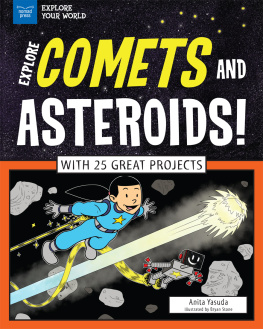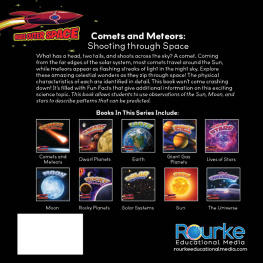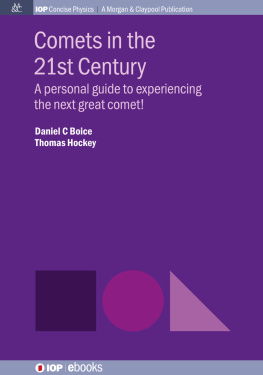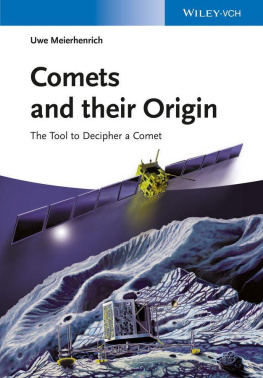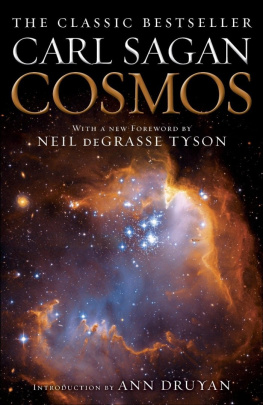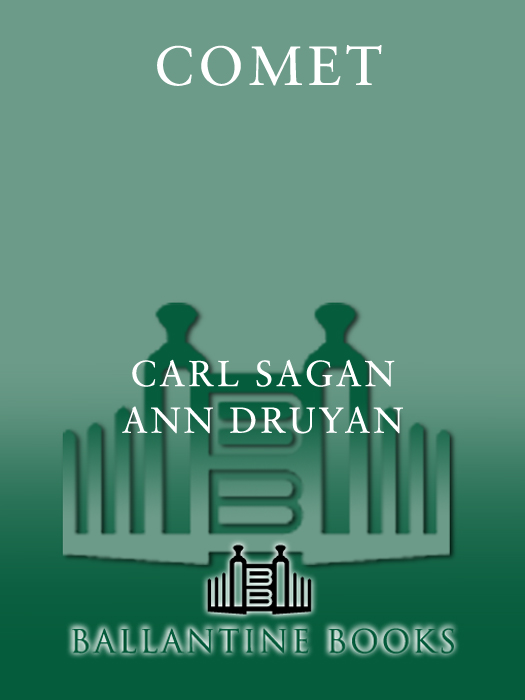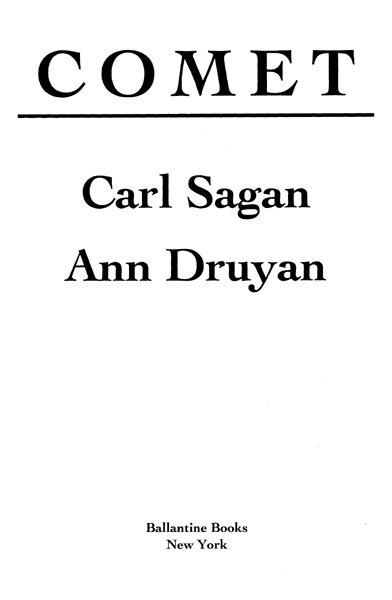UNPRECEDENTED ACCLAIM FORCOMET
Easy to read a delightful sense of humor Beguiling.
ASSOCIATED PRESS
A glory.
THE BOSTON GLOBE
The Cadillac of comet books.
AMERICAN LIBRARIES
Better than Disney World and Cape Kennedy wrapped into one You will be entranced.
TAMPA TRIBUNE
The book to hand down for great-grandchildren to read.
HARTFORD COURANT
Mixes solid scientific knowledge with a healthy dose of fun Comet is a welcome breath of fresh air.
HAMILTON SPECTATOR (ONTARIO)
SOME OTHER BOOKS BY THE AUTHORS:
Cosmos (C.S.)
Contact (C.S.)
Murmurs of Earth: The Voyager Interstellar Record
(C.S. A.D. et al.)
A Famous Broken Heart (A.D.)
Brocas Brain (C.S.)
The Dragons of Eden (C.S.)
A Path Where No Man Thought: Nuclear Winter and the End of the Arms Race (C.S. and Richard Turco)
Shadows of Forgotten Ancestors: A Search for Who We Are
(C.S., A.D.)
Pale Blue Dot: A Vision of the Human Future in Space (C.S.)
The Demon-Haunted World: Science as a Candle in the Dark (C.S.)
Billions and Billions: Thoughts on Life and Death at the Brink of the Millennium (C.S.)
Copyright 1997 by Ann Druyan and the Estate of Carl Sagan
Copyright 1985 by Carl Sagan and Ann Druyan
All rights reserved under International and Pan-American Copyright Conventions. Published in the United States by Ballantine Books, a division of Random House, Inc., New York, and simultaneously in Canada by Random House of Canada Limited, Toronto. Originally published in slightly different form by Random House, Inc., in 1985.
http://www.randomhouse.com
Library of Congress Catalog Card Number: 96-95203
eISBN: 978-0-307-80105-0
v3.1
To Shirley Arden,
for more than a decade of friendship
and hard work well done.
With our love and admiration.
Contents
Introduction
Before the Earth was formed, there were comets here. Afterwards, and for all subsequent eons, comets have graced our skies. But until very recently, the comets performed without an audience; there was, as yet, no consciousness to wonder at their beauty. This all changed a few million years ago, but it was not until the last ten millennia or so that we began to make permanent records of our thoughts and feelings. Ever since, comets have left a good deal more than dust and gas in their wakes; they have trailed images, poetry, questions, and insights. In this book, we have sought to rediscover those trails, to explore our present understanding of the comets, and to speculate on what else may be possible.
We were inspired by the 1985/86 return of one of the Earths most brilliant (and punctual) visitors, Halleys Comet, and the promising 1997 apparition of a previously unknown comet, Hale-Bopp.
We have tried to give some sense of the evolution of scientific discovery, and present the evidence for and against those cometary theories that have been rejected, those that are currently fashionable, and some that are neither fashionable nor rejected. We hope we have indicated clearly which is which. Certain concepts and terms are presented more than once for clarity and accessibility to the general reader. This is not by any means a mathematical book, but all modern science is quantitative and so we have included a little arithmetic here and there. When we want to know how far away something is, we could measure in miles or versts or leagues. Nature is just the same no matter what measuring rods we use. But because it is the scientific convention, because the vast majority of nations on the planet have adopted it, and because it is simpler, we will here employ the metric system. A meter is about a yard long. A thousand of them make a kilometer, which is about 60 percent of a mile. If we imagine a meter divided into a hundred equal parts, each part is a centimeter. A little over two and a half centimeters make an inch. A micron is a millionth of a meter, much too small to see. Ten thousand atoms, shoulder to shoulder, make a chain one micron long. Your fingernail is about ten thousand microns wide, or around one centimeter.
For reasons of length and readability, we have included the names of only a tiny fraction of the cometary scientists alive today. They have transformed the subject into one of the most exciting areas of modern science. Far more of them exist than the total number of cometary scientists who have lived in all previous generations. We beg the indulgence of those whose names we have omitted. The interested reader can follow the trail of original scientific papers to find the names of these specialists through the bibliography in the back of the book. In that bibliography, we have included both popular books on astronomy and representative or especially interesting works from the scientific literature.
We are indebted to the world astronomical community for their generosity to us throughout the preparation of this book. Joseph Veverka of Cornell University, a moving force behind U.S. plans for spacecraft missions to the asteroids and the comets, served as chief technical consultant and reviewer, and provided many astronomical images for the book. We are grateful to Andrea Barnett, Mary Roth, John Kaprielian, and Margaret Dermott for facilitating our acquisition of these photographs. Mark Washburn fulfilled several research assignments with his customary diligence and excellence.
Several colleagues were kind enough to read earlier drafts of this book and provide detailed and valuable comments: Luis W. Alvarez, Martha Hanner, Joseph Marcus, Steven Soter, Paul Weissman, and Donald K. Yeomans, who also calculated the dates of the future returns of Halleys Comet. Others who permitted us to tap their expertise include John C. Brandt, Donald Brownlee, Stephen Jay Gould, Brian Marsden, Richard Muller, Marcia Neugebauer, Ray Newburn, Sara Schechner Genuth, Zdenek Sekanina, J. John Sepkowski, Jr., Eugene M. Shoemaker, Reid Thompson, and Fred L. Whipple. We are deeply grateful to all of them.
One of the most pleasant experiences in writing this book was our encounter with Ruth S. Freitag, Senior Science Specialist of the Science and Technology Division of the Library of Congress. Her knowledge, enthusiasm for her subject, and willingness to share a treasury of comet illustrations speaks well of the nations library.
The visual content of Comet is largely due to Jon Lomberg, an artist whose dreams are informed by science. His diagramsproduced with Simon Bell and Jason LeBel of Bell Production Services, Toronto, Canadateach painlessly and with elegance. In addition to reviewing the manuscript, Jon also coordinated the efforts of other artists in producing specially commissioned paintings for this book. We are proud to display herein the work of some of the planets finest astronomical artists:
| Michael Carroll | Pamela Lee |
| Don Davis | Jon Lomberg |
| Don Dixon | Anne Norcia |
| William K. Hartmann | Kim Poor |
| Kazuaki Iwasaki | Rick Sternbach |


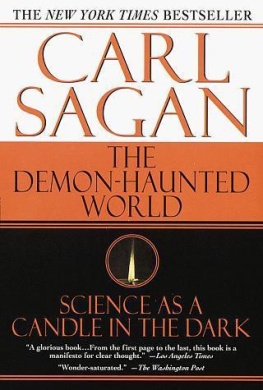
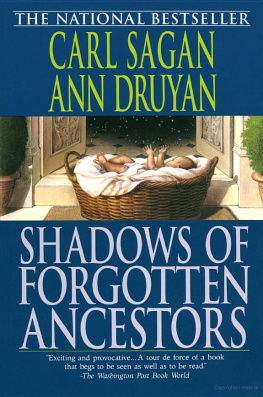
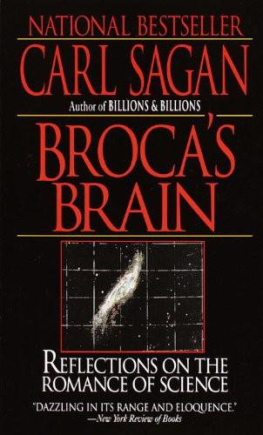
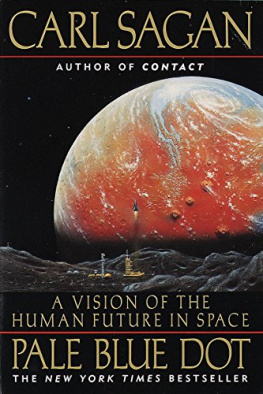

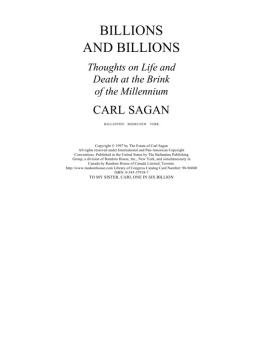
![ZHyul Vern - Off on a Comet [Hector Servadac]](/uploads/posts/book/834994/thumbs/zhyul-vern-off-on-a-comet-hector-servadac.jpg)
